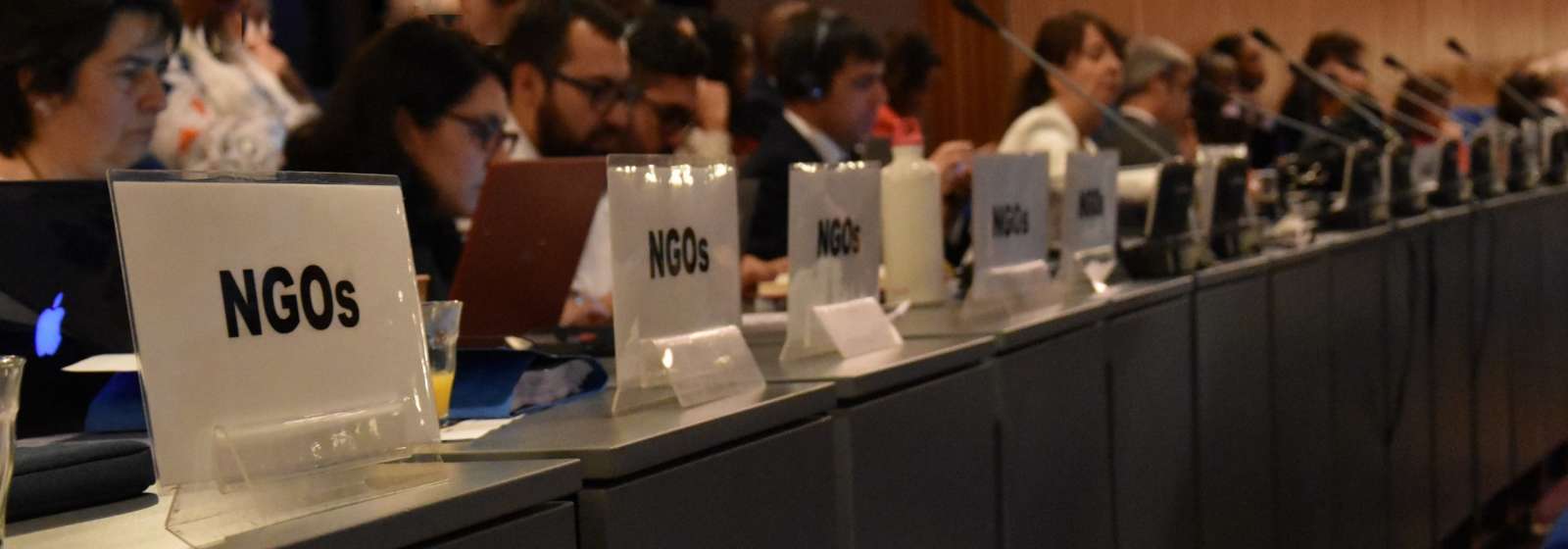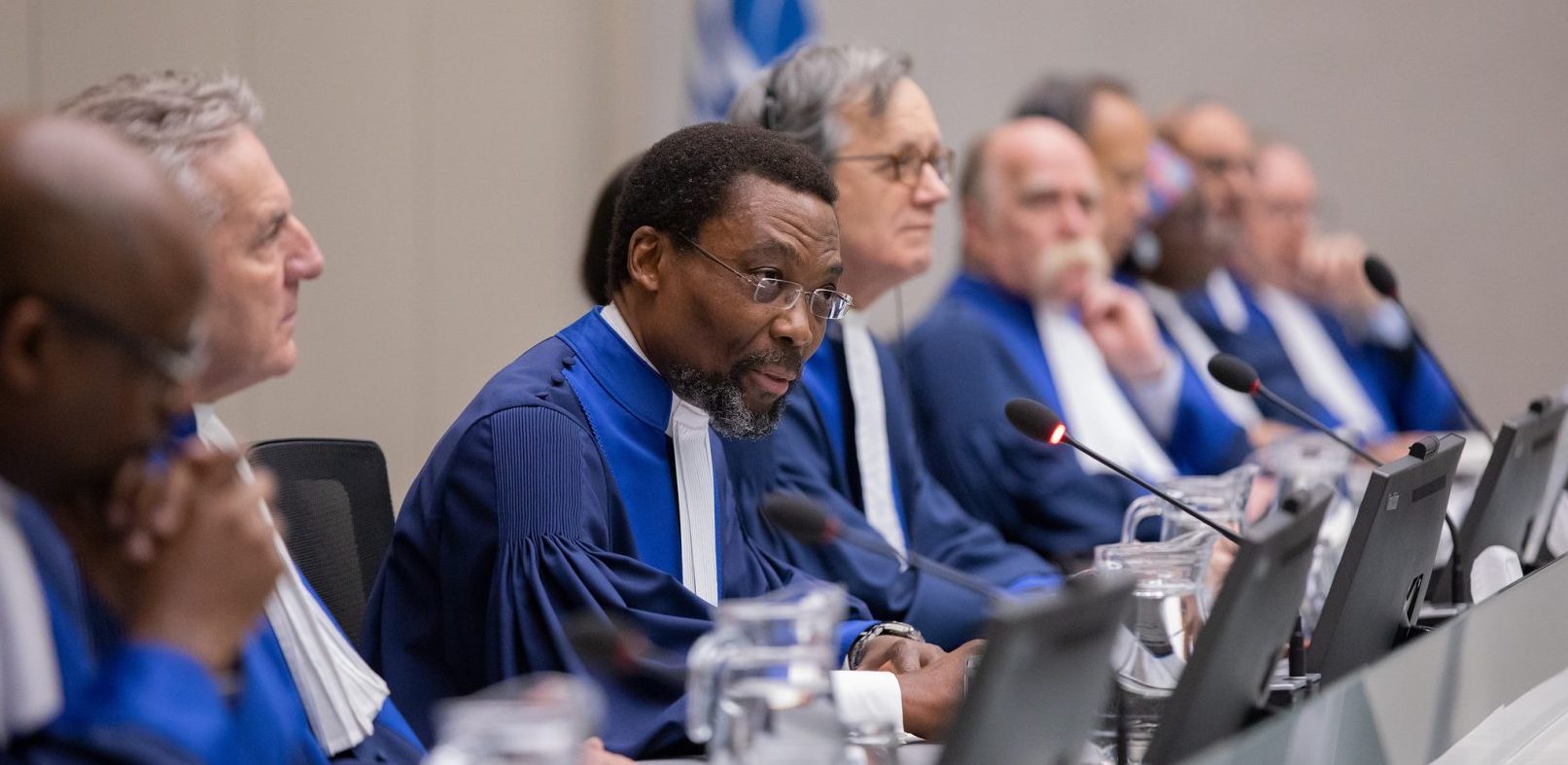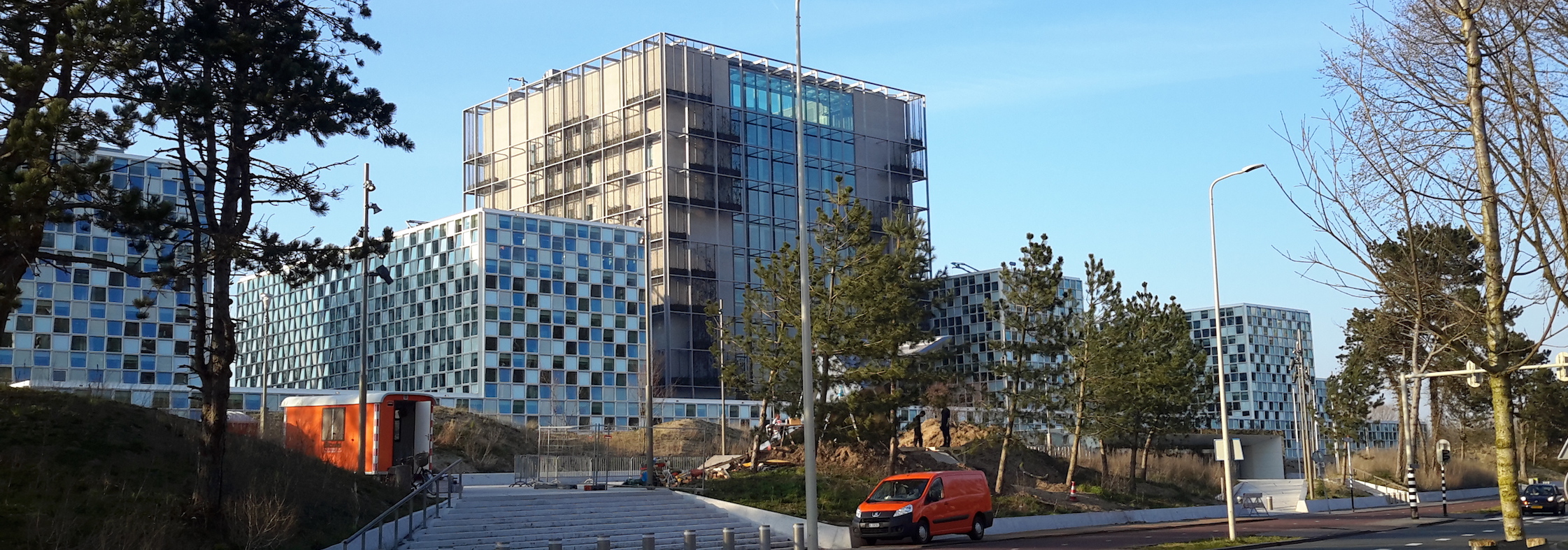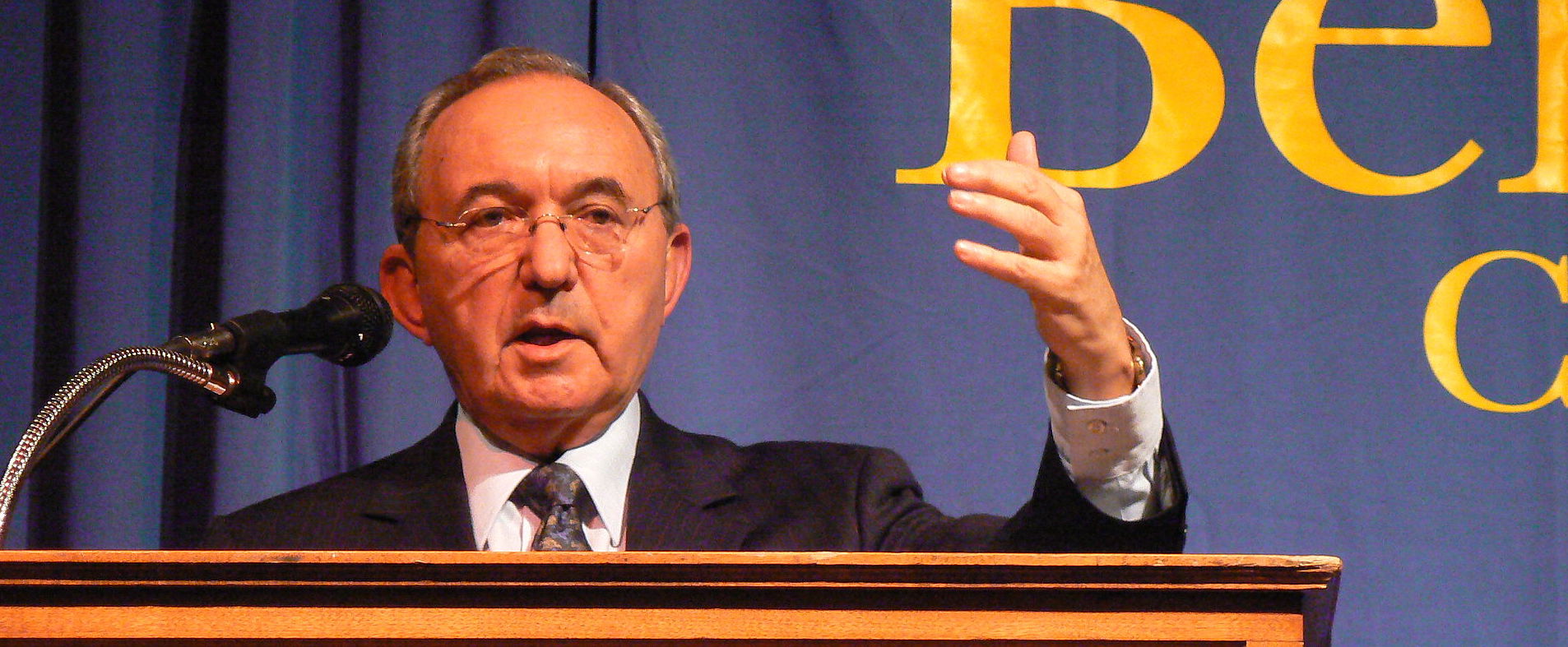Peace in South Sudan?
These are the words of John Janoub, a displaced South Sudanese man whose family was burnt alive in an attack allegedly led by government soldiers in 2016. Janoub is one of over 4 million South Sudanese people who have been forced from their homes since the beginning of the conflict in 2013. Will the recently signed Khartoum Declaration Agreement between the leaders of the two warring factions, constitute some sort of exordium for lasting peace?
On 21 June, President Salva Kiir and rebel leader Dr.Riek Machar met in Addis Ababa for the first time in two years. The objective of the meeting was to begin a fresh round of discussions on bringing peace to war torn South Sudan. A subsequent meeting was held in Khartoum, where a new peace Agreement was signed on 27 June, just a few days before the 30 June renewal of sanctions deadline imposed by the UN Security Council.
The parties agreed to “open corridors” for humanitarian aid and to release political prisoners and prisoners of war. A transitional unity government is to be created in 4 months, and it will remain in power for 3 years, after which elections will be held. A permanent ceasefire was “agreed” but reports indicate that it has already been violated.
South Sudan, the youngest nation in the world, gained its independence from Sudan in 2011. Two years later in 2013, it descended into chaos as Kiir accused his then deputy Machar, of attempting to oust him. Machar denied this and fled to lead the Sudan People’s Liberation Movement-in-Opposition (SPLM-IO) who have continued to battle the government’s Sudan People’s Liberation Movement (SPLA) engulfing the country in a civil war that has seen the deaths of an estimated 300 000 people.
As noted by the UN Commission on Human Rights in South Sudan, the conflict is no longer just a battle between Machar and Kiir, it is a “series of inter and intracommunal conflicts, reigniting and encompassing historical localised conflicts and contests over land, resources and power.” The emergence of other militia groups, including the Dinka Mathiang Anyoor (who have mostly been integrated into the SPLA), the Nuer White Army, and the fact that the SPLM-IO has spilt into the Machar faction and a new faction loyal to the current First Vice President Taban Deng, has further complicated the situation.
According to the UN approximately 2.4 million people have fled to neighbouring countries, whilst a further 2 million have been internally displaced.
Horrendous crimes are perpetrated with impunity against innocent civilians by uncontrolled armed militia and government soldiers. This includes the pervasive commission of rape, genital mutilation, castration, torture, arbitrary detention, and summary executions.
Children as young as 12 are forcibly removed from their families and conscripted into fighting forces on both sides. UNICEF estimates that 72% of South Sudanese children are unable to attend school due to the decimation of schools and loss of teachers. Hunger is also preventing many from attending school.
Famine has been formally declared by the Food and Agriculture Organization of the UN, UNICEF and the World Food Programme. The humanitarian crisis is exacerbated by government’s restriction of access to humanitarian aid workers, and the SPLA forces’ continued attacks on peacekeepers, aid convoys and aid workers. The economy has collapsed, and the limited road infrastructure can barely support the transportation of aid.
Accountability for crimes committed since 2013 is lacking with the UN Commission identifying this as the “foremost factor for the perpetuation of the current conflict.” Criminal trials or court martials for crimes committed by the SPLA and its opponents, have been few and far between. Plans to establish a hybrid court remain on hold as the government continues to drag its feet in signing the necessary memorandum to commence the process.
All of these factors combined explain why the situation must change. Regrettably, peace deals in South Sudan have failed before and this one is not off to a good start. The ink on the December 2017 Cessation of Hostilities Agreement was barely dry before hostilities resumed within 24 hours.
This Agreement could be the first of many steps to lasting peace, however, armed militia terrorise the country and sustain themselves through the barrel of a gun. Do Machar and Kiir wield sufficient control over their own forces? Could they convince the other militia groups to ceasefire? What about the deep mistrust between the two parties and the tribal divides are severely and detrimentally entrenched? There is still Taban Deng to consider- where does he stand after this Agreement?
If this Agreement is not upheld, South Sudan will continue to unravel.
**This article appeared in the Star Newspaper on 5 July 2018



